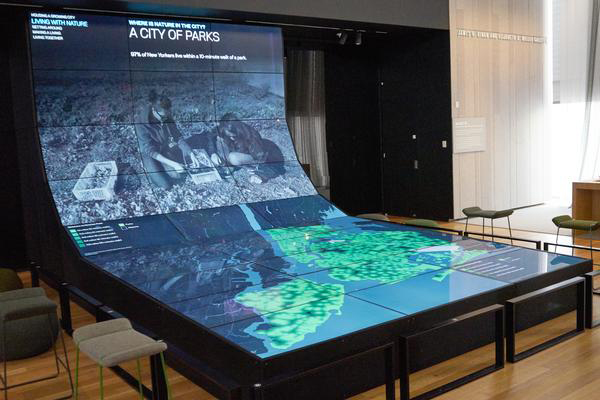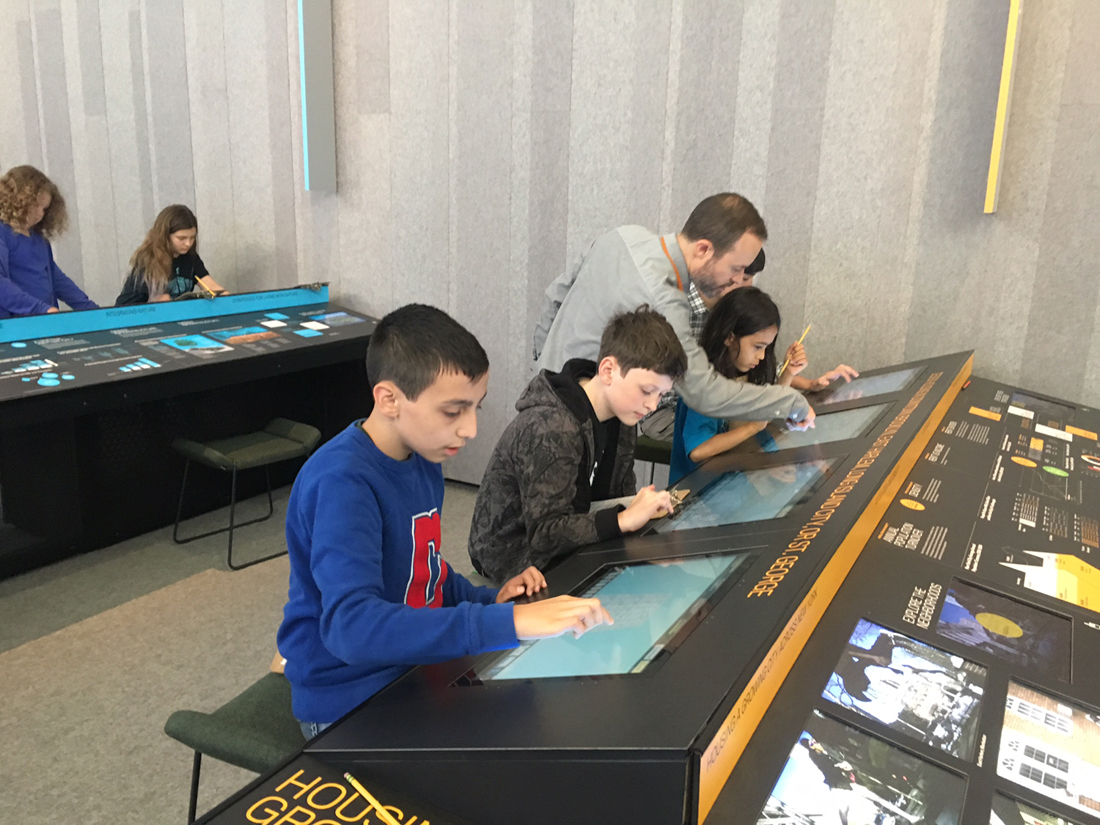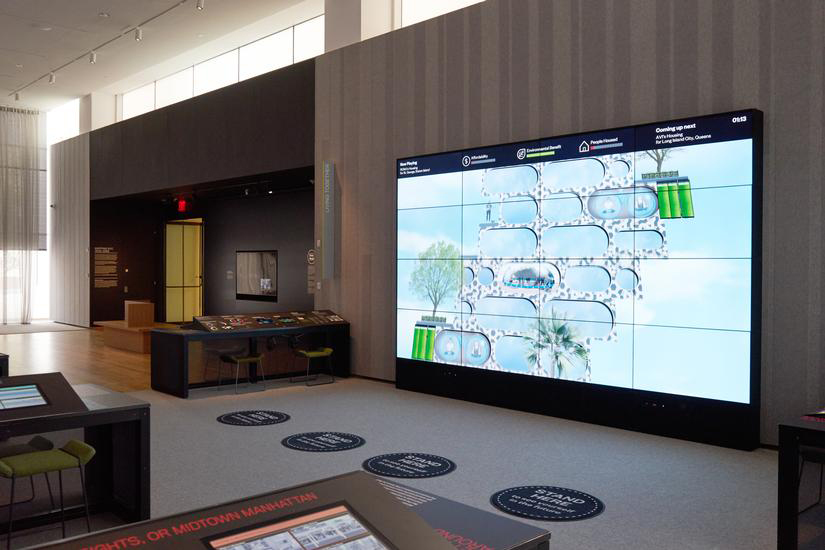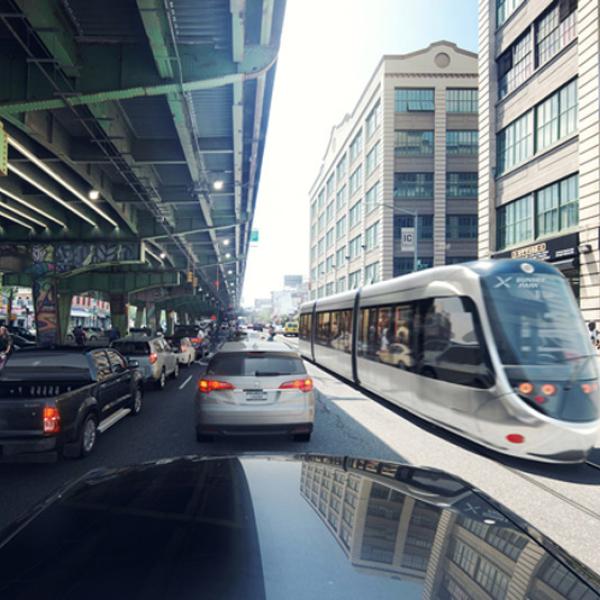Museum Architect Apprentice Program
Thursday, June 15, 2017 by
On Saturday, June 3, 2017, the Museum of the City of New York hosted an apprenticeship program with the World Science Festival. Approximately 15 participants, ages 8–13, apprenticed as architects and urban designers by spending the morning with Future City Lab Director Kubi Ackerman, Assistant Director of the Schwarz Children’s Center EY Zipris, and scientist volunteers from the World Science Festival to explore the role of parks in cities.
The first stop was Central Park, directly across from the Museum, the most visited urban park in the world with 40 million annual visitors. The students measured the temperature of various surfaces to help determine the effect of vegetated and shaded areas on the overall ambient temperature of the city. Water evaporating from a recent rain shower complicated the results, but what was clear was that tree shade helped keep temperatures down, a crucial function in cities like New York, where the preponderance of hard, dark, heat-absorbing surfaces like asphalt and tar roofs results in temperatures that are on average over 7⁰F higher in the summer months than in the surrounding areas (a phenomenon known to scientists as the Urban Heat Island effect, or UHI). This is not just a matter of comfort—elevated summer temperatures can be a matter of life and death for the elderly or infirm, and can exacerbate health issues like asthma. UHI also results in increased air-conditioning use, costing property owners millions of dollars in additional energy costs per year and resulting in more greenhouse gas emissions.
Of course, all of these problems are likely to become more severe due to the effects of climate change—New York City is projected to experience between 32 and 57 days with temperatures over 90⁰F by 2050, more than the current average in Atlanta. The group also discussed how parks provide habitat for animals, recreational opportunities for people, and the geology of the park, standing on a rock scoured smooth by a massive glacier 20,000 years ago. The students learned that parks are not just pretty to look at, they serve many critical functions in the city.
The walk to and from the park proved illuminating as well, with recently planted elm trees (of a variety resistant to Dutch Elm Disease) providing an opportunity to talk about the importance of street trees, which provide shade, help clean the air (trees in New York City remove more than 2,000 tons of pollution annually), and help manage stormwater. The sidewalks along this section of the park are made of concrete pavers—can you think of what one of the advantages of pavers as opposed to poured concrete might be? The students figured it out right away (hint: it has to do with the tree roots).
After the experiment and discussion, participants headed back to the Museum to spend some time at the Future City Lab in New York at Its Core. It was time to put what they had learned into practice by designing a park, building, or street at the Lab’s ground-breaking interactive design stations and seeing the results of their decisions. The park designers “painted” on ground cover, deciding between concrete, grass, flowers, and permeable pavement, and added trees of various species as well as futuristic recreational amenities, like floating skateboard parks. Building designers shaped their building facades and added green walls and solar panels, while the street designers determined which modes of transportation would use their streets, and added trees and vegetation to the sidewalks. In each case they tried to balance environmental performance with other metrics, such as cost, recreation opportunities, or safety.
Finally, the apprentices published their designs on the Lab’s immersive Creation Wall, and due to the presence of motion-capture technology, found themselves standing in their own cities of the future. The program ended at the Lab’s large map table, which showed maps of all of the city’s parks, community gardens, and green streets (with planted medians). Though the apprenticeship program was over, many of the attendees stayed on the Lab, spending time refining their designs or making new ones, busily training to be the next generation of urban designers, planners, and thinkers.
You, too, can help us imagine the city’s future by visiting this interactive space that explores New York’s challenges and opportunities through technology. Learn more about the Future City Lab.






